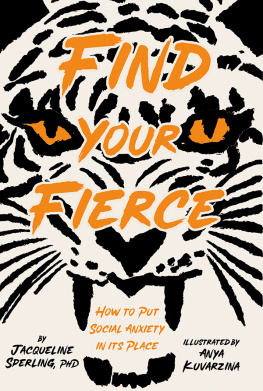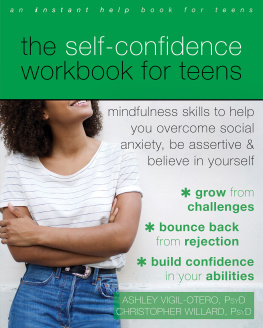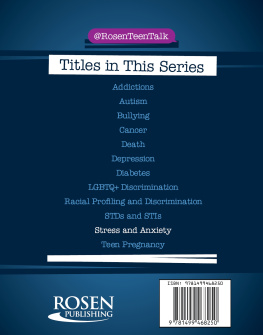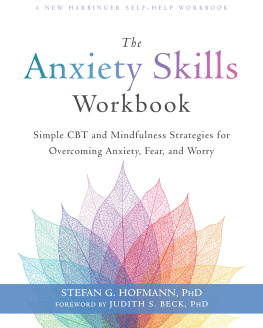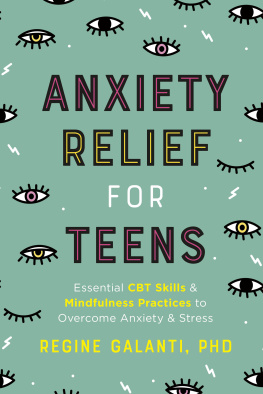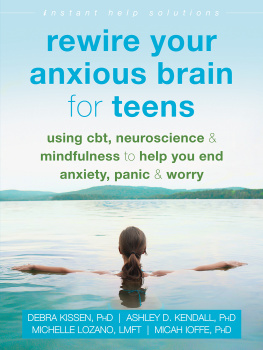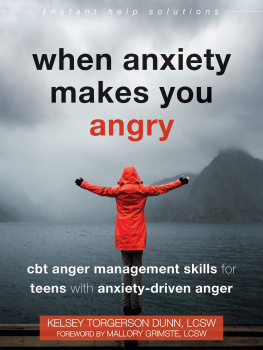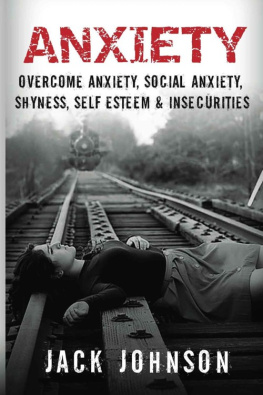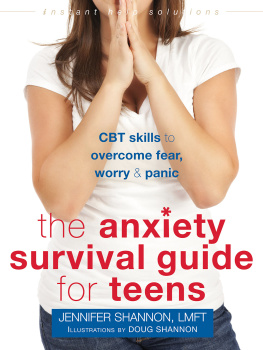CONTENTS
I dedicate this book to the courageous readers
willing to look within to find their fierce. Youre
among the bravest JS
To John, who inspired me to become a designer AK
Text copyright 2021 by Magination Press, an imprint of the American Psychological Association. Illustrations copyright 2021 by Anya Kuvarzina. All rights reserved. Except as permitted under the United States Copyright Act of 1976, no part of this publication may be reproduced or distributed in any form or by any means, or stored in a database or retrieval system, without the prior written permission of the publisher.
Electronic edition published 2021.
ISBN: 978-1-4338-3753-1 (electronic edition).
Magination Press is a registered trademark of the American Psychological Association. Order books at maginationpress.org, or call 1-800-374-2721.
Book design by Rachel Ross
Cover printed by Phoenix Color, Hagerstown, MD
Interior printed by Sheridan Sheridan Books, Inc., Chelsea, MI
Cataloging-in-Publication Data is on file at the Library of Congress.
ISBN: 978-1-4338-3362-5 (hardcover)
Manufactured in the United States of America
10 9 8 7 6 5 4 3 2 1
Y ou might have picked up this book because you feel extra worried about what others think of you, you find it challenging to talk to others you dont know well, or you feel uncomfortable in social situations. Whatever the reason, youre reading this book because you want to do something about it. Thats impressive and takes a lot of courage.
Humans are supposed to care about what others think of them, and this starts feeling especially important when youre a teenager. That concern about what others think can sometimes turn into worry about being judged or embarrassed in front of others, grow even bigger, and get in the way of spending time with friends, participating in school, and going out in public. If that sounds like you, you might have social anxiety disorder and you most certainly would not be alone. Social anxiety disorder is the second most common anxiety disorder and affects many of your peersover 9%. If there were 400 students in your school, that would mean that about 36 have social anxiety disorder. It may seem like youre the only one feeling this way, but you have a lot of company.
A lot of people with social anxiety disorder blame themselves for what theyre experiencing. No one chooses to feel this way, though, and you certainly did not sign yourself up for this. You might have inherited some genes that make you more likely to experience social anxietya lot of teens with social anxiety also have a parent with social anxiety. Sometimes stressful events or big life changes, such as moving to a new school, being bullied, or going through puberty, can bring your social anxiety front and center. You didnt choose this, but you can do something about it by applying the skills youll learn in this book.
People with social anxiety disorder often think that theyre not likable or that they cant do anything well. This couldnt be farther from the truth, but teens might feel this way because they have yet to discover that their social anxiety can actually be a blessing in disguise. Imagine those around you were given an average car to drive, but you were given a sports car. The sports car has a sensitive engine. You gently tap the gas pedal, and the car may jolt forward and yank you around. You have to learn how to drive this car in a way that maximizes, or gets the most out of, all its impressive skills. No one is born knowing how to drive the car; you have to learn the skills and practice them to make that happen.
How does this apply to your anxiety? Your anxiety likely makes you very aware of how others are behaving and expressing feelings (this is your sensitive engine). This can be a gift! Sometimes, however, it can make you feel worried about how other people see you and you want to withdraw or pull back. That would be like parking your car, but staying put doesnt help you go where you want and need to go. Treat this book like an owners manual to help you learn how to drive your sports car, instead of having the car drive you or keeping you parked. Once you finish training this gift of yours that can pick up on subtle signals, you may be even better at navigating social interactions and even more compassionate than some of your peers.
The skills in this book will build on each other as they go. When you learn a skill in one chapter, keep practicing that one while you move on to the next chapterthe combination of all these skills will help you take steps forward.
First, well go over what social anxiety and the treatments for it are. Second, we will walk through the role anxiety plays, and third, you will learn specific strategies, like how to boss worries back, relax your body, and train the brain to help you gradually get back to doing more of what you love to do. There will be activities throughout the book to help you practice your skills. You also will learn tools to manage anxiety in the future and keep it from managing you. You already are the expert on you, and hopefully this book will help you learn how to find your inner fierce to keep the social anxiety in check. Lets get started!

W hat exactly is social anxiety disorder? Its formally defined as a fear of judgment or embarrassment that has lasted for at least six months and gets in the way of life at home, at school, or in other social environments. For example, social anxiety may make it difficult to attend family gatherings, complete homework, and spend time with friends. Those with social anxiety disorder may avoid raising their hands in class, going to parties, ordering in restaurants, making eye contact, giving a presentation, using public restrooms, eating in front of others, going to school, making phone calls, or texting friends. Social anxiety disorder can look different from one person to the nextcoming up, youll see a few examples of teens who have social anxiety disorder. Throughout the book, well see how these teens experience social anxiety, and there will be opportunities for you to practice what youve learned by thinking about their situations.
 | Emma is a 16-year-old who worries that she will embarrass herself when she is in social settings. Emma avoids ordering in restaurants, seeking help from teachers, raising her hand in class, eating in the cafeteria, and asking people questions. Emma only eats meals at home because she worries about calling attention to herself and that people will think she is a slob for the way she eats. Emmas grades have gone down because she has not participated in class or received extra help from a teacher when she needed it. Although she is a talented actress and singer, she has not auditioned for the annual school play because she worries about messing up on stage. Emma also has turned down dates to school dances because she worries about dancing awkwardly in front of others. |

